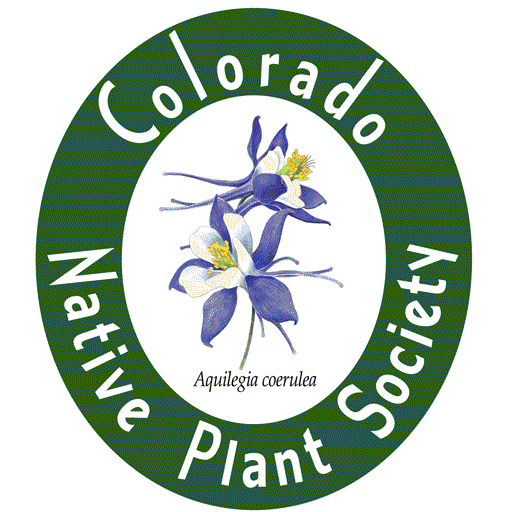Anna Schwabe, (M.S. Student in Plant Population Genetics, University of Northern Colorado, Greeley, CO). Analysis of choloroplast DNA from Sclerocactus glaucus and Sclerocactus parviflorus to determine the level of directionality and hybridization between these two species. $1,000
Sclerocactus glaucus is an endangered plant species endemic to Colorado (UFWS 1979). Current genetic research is working to clarify some of the questions surrounding this species. The major current threat to the continued existence of S. glaucus is the possible hybridization with the closely related and more common S. parviflorus. If there is hybridization and it continues to occur S.glaucus will effectively become extinct. I propose to use chloroplast DNA analysis with S. glaucus and S. parviflorus samples we have from over 30 populations. This analysis will give a sense of the directionality of hybridization. Chloroplast DNA is maternally inherited and is therefore passed to offspring via seeds. Using this information we will be able to tell if populations of S. glaucus are being infiltrated by S. parviflorus. This data will allow us to determine historical evolutionary patterns of S. glaucus. Additionally if it were found that P. glaucus was being infiltrated by S. glaucus pollen it would create more interesting questions about environmental and geographical dispersal of this species. With this data we will be able to examine historical genetic relationships between populations of S. glaucus and S. parviflorus. The chloroplast DNA analysis will be in addition to my work examining nuclear genetic diversity. The data generated from this project can then be used by conservationists to determine how these species may be interacting and make plans toward their preservation. This genetic data will help define conservation management units, expand our understanding of species interactions with Sclerocactus, and add an evolution dimension for conservation activities.
